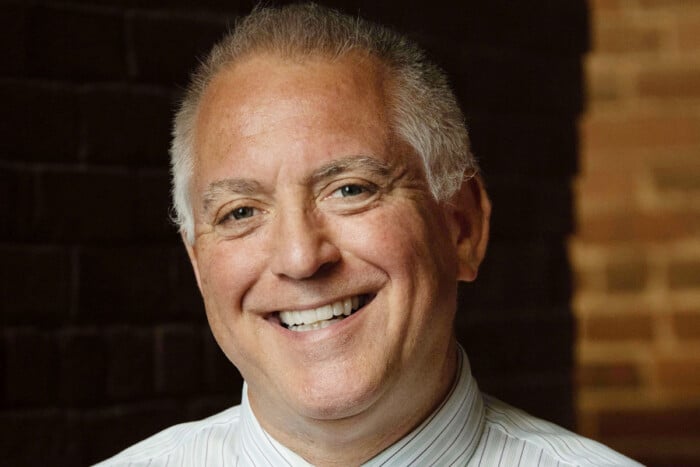Our Next-Door Neighbor is Making Lungs with 3D Printers
United Therapeutics has expanded its operations in the Millyard, where it will produce human organ scaffolds for transplant
 “100 Commercial Street. Parking Reserved for United Therapeutics. No Waumbec Mill Parking.”
“100 Commercial Street. Parking Reserved for United Therapeutics. No Waumbec Mill Parking.”
If not for the sign, I’d probably park there since our lot is always full by the time I get here.
But the short walk from a lot down the street is good for me. So are the 64 steps to the fourth floor that always leave me a bit out of breath, but much less so than when I first began climbing them several months ago.
At my age, I appreciate the durability of my knees and the capacity of my lungs. I’m fortunate to still be operating entirely with original equipment manufacturer parts.
Should any of them falter, I couldn’t be in a better place.
For several weeks last fall, I monitored the progress of construction workers atop 100 Commercial Street as they made upgrades to the mechanical systems in preparation for United Therapeutics to expand its small foothold and take over the entire 80,000-square-foot building. One morning, a scientific supply delivery truck was parked outside.
CEO Martine Rothblatt chose the building to house the company’s Organ Manufacturing Group, where it will produce 3D-printed organ scaffolds that will be used to make organs for transplant.
Rothblatt’s pioneering work began in 1996 with her quest to save her 10-year-old daughter, Jenesis, from a deadly lung disease. Twenty years later, Rothblatt’s success inspired inventor Dean Kamen to launch the Advanced Regenerative Manufacturing Institute, the nonprofit
consortium working to mass-produce human tissue and organs in the Millyard — the subject of this month’s cover story.
United Therapeutics was one of the first companies to join ARMI. In 2018, when Kamen introduced Rothblatt to me at a conference in the Millyard, her company already had set up $1 million worth of lab equipment at 100 Commercial Street and installed six researchers here.
Rothblatt has a personal incentive to continue her work. An experimental drug United Therapeutics licensed from Glaxo Wellcome led to a successful treatment for her daughter.
“She’s not a person who will be able to run or anything like that or do stairs, but she works at United Therapeutics,” Rothblatt said at the time. “She has lots of friends. I think she has a good life.”
But her life remains in jeopardy. She may need a lung transplant someday.
Rothblatt aims to solve that problem “using technology to create what she calls an ‘unlimited supply of transplantable organs,’ ” Antonio Regalado wrote in MIT Technology Review last year.
In 2022, a 57-year-old man with heart failure in Maryland survived for two months with a pig heart supplied by United Therapeutics, according to the story. One doctor suspected the patient ultimately died because the heart was infected with a pig virus, underscoring how the path to success to create replacement parts for humans will be a long, hard road.
Using pig organs likely will be just a bridge to a more viable solution to manufacture human body parts: making them to order.
While not mentioning the Advanced Regenerative Manufacturing Institute by name, Regalado noted the work underway by United Therapeutics “in a former textile mill in New Hampshire” to make lungs from 3D printers — and how Rothblatt believes “there is no part of the body that cannot be 3D-printed.”
I’ll steer clear of the parking lot, but I will be keeping close watch on our next-door neighbor.








